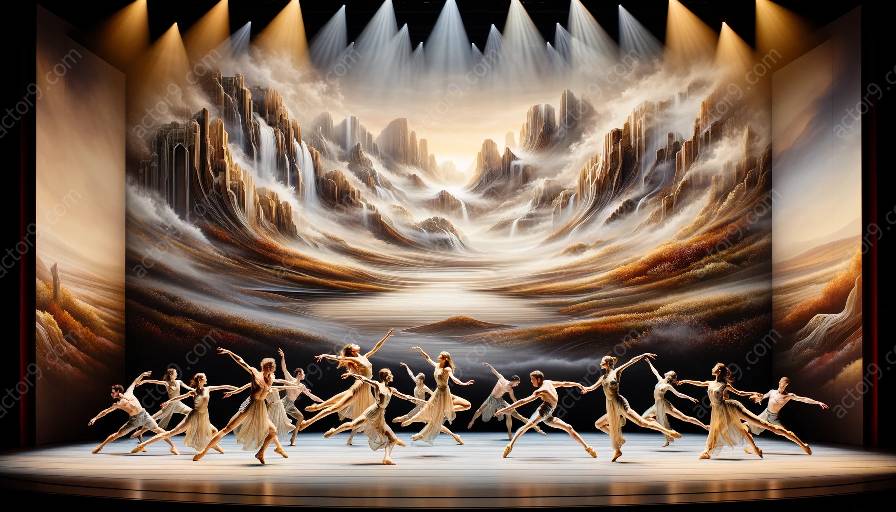Physical theatre choreography has undergone significant evolution over time, influenced by cultural, social, and artistic changes. This dynamic form of expression dates back to ancient civilizations and has since evolved to encompass innovative techniques and styles. Understanding the historical roots and key developments in physical theatre choreography offers insight into its present-day diversity and relevance.
Historical Origins
The roots of physical theatre choreography can be traced back to early civilizations such as ancient Greece, where theatrical performances integrated movement, music, and storytelling. The Greek tragedies and comedies often featured physical gestures and expressive movements, laying the foundation for the fusion of movement and narrative in theatrical presentations.
During the medieval era, rituals, processions, and folk performances incorporated stylized movements and physical storytelling, reflecting the influence of religious and cultural practices on expressive forms of performance. These traditions contributed to the development of physical theatre as a means of conveying stories, emotions, and themes through non-verbal means.
Key Developments
The Renaissance period marked a renewed interest in artistic expression, leading to the emergence of court masques and spectacles that utilized elaborate choreography and physicality to entertain and engage audiences. This era witnessed the exploration of human movement and expression, contributing to the evolution of physical theatre choreography as a deliberate and intricate art form.
The 20th century saw significant advancements in physical theatre choreography, particularly with the emergence of influential practitioners such as Jacques Lecoq and Jerzy Grotowski. Lecoq's approach emphasized the importance of physicality and movement in storytelling, while Grotowski's experiments with actor training and physical expression redefined the boundaries of traditional theatrical practices.
Modern Techniques
Contemporary physical theatre choreography encompasses a wide range of techniques and styles, influenced by diverse cultural and artistic movements. Physical theatre practitioners often integrate elements of dance, mime, acrobatics, and martial arts to create visually compelling and emotionally resonant performances.
Moreover, technological advancements have expanded the possibilities for physical theatre choreography, with innovative use of multimedia, interactive elements, and immersive experiences enhancing the audience's engagement and experience. These developments reflect the continuous evolution of physical theatre as a dynamic and evolving form of artistic expression.
Influential Figures
Several influential figures have contributed to the evolution of physical theatre choreography through their innovative approaches and groundbreaking works. Pioneers such as Étienne Decroux, known for his development of corporeal mime, and Pina Bausch, renowned for blending dance and theatricality, have left a lasting impact on the contemporary landscape of physical theatre.
Exploring the contributions of these influential figures and their unique perspectives provides valuable insight into the diverse and multifaceted nature of physical theatre choreography, highlighting its evolution as a dynamic and inclusive art form.




































